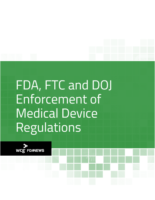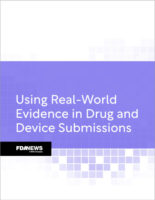
Home » EMA Releases Strategy to Combat Fraud, Bias in Product Reviews
EMA Releases Strategy to Combat Fraud, Bias in Product Reviews
The European Medicines Agency released a comprehensive report detailing steps to better prevent and detect fraud and biased medical product reviews by 2016.
The antifraud strategy, released Dec. 23, applies to EMA staff, contractors and suppliers and comes three years after the agency was investigated by an antifraud watchdog organization for not following conflict-of-interest rules during product reviews.
The report identifies four key fraud risks — biased product reviews, data security, improper procurement and staff recruitment — and lays out a series of objectives to tackle them. The risks came to light during a fraud risk assessment of EMA activities undertaken in the first half of 2014.
To minimize these risks, the EMA outlines four strategic objectives:
- Develop an antifraud culture underpinned by a high level of impartiality. This can be accomplished through surveys on antifraud knowledge and training programs;
- Develop fraud prevention, detection, reporting, monitoring and handling capacity. The EMA needs to conduct annual fraud-specific risk assessments and develop internal processes to combat fraud;
- Improve protection and detection of favoritism in recruitment and procurement. This can be achieved by inserting antifraud clauses in contracts and reviewing hiring and procurement procedures; and
- Examine whether the measures above are working to reduce risk and shift efforts as needed.
The report also details crucial roles and responsibilities that staff must play in combating fraud and includes an action plan for implementing all objectives by early 2016.
The EMA will review the antifraud strategy every three years and revise it as necessary, the report says. It was released as part of a European Commission initiative to develop a common approach to combatting fraud among all EU-level agencies.
In 2011, the European Anti-Fraud Office launched an investigation into the EMA for not properly applying conflict-of-interest rules and casting doubt on the independence of reviewers (DID, Nov. 8, 2011).
To read the report, visit www.fdanews.com/12-23-14-EMAFraudReport.pdf. — Robert King
Upcoming Events
-
14Apr
-
23Apr
-
25Apr
-
07May
-
14May
